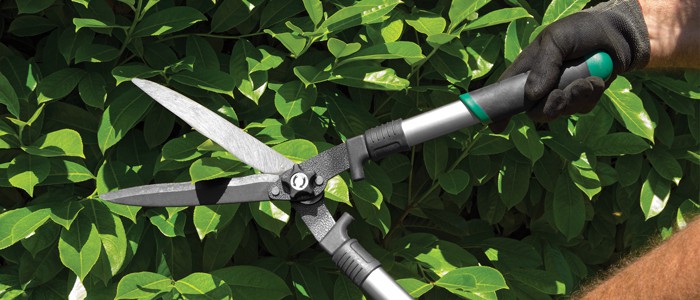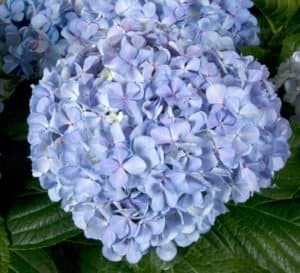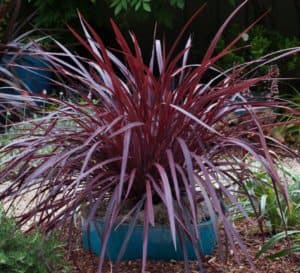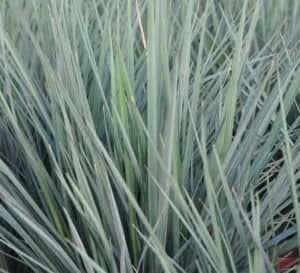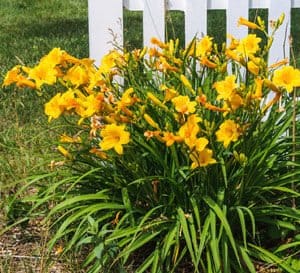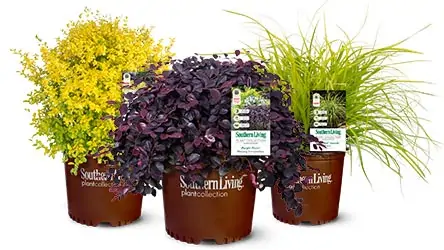1. Prune non-spring blooming shrubs and trees.
If you didn’t prune your shrubs and trees in fall or winter, this is the perfect time to get the job done. Pruning before new growth and warm weather helps keep shrubs and trees from being susceptible to diseases. You’ll also be getting rid of the old, unsightly branches and blooms from last year and preparing for the fresh, beautiful blooms of the new year. While Early Bird™ Crapemyrtles benefit from pruning at this time, do not prune shrubs and trees that are spring blooming. Prune ‘Big Daddy’ Hydrangea after bloom cycle is complete to prevent pruning new buds. This should be done by the beginning of August.
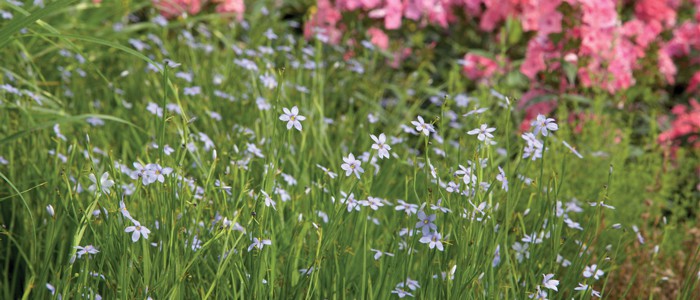
2. Prune ornamental grasses and remaining perennial foliage.
Many gardeners wait to prune ornamental grasses and perennials in late winter or early spring rather than fall. When pruning in fall, there’s always the chance you’re inviting new growth that will be potentially harmed by upcoming winter frost. By pruning in late winter or early spring, you’re providing extra cold weather protection during the winter months and enticing new and fuller growth at the right time—just before growing season. If you have ornamental grasses, remember to prune before new growth to increase pending foliage and blooms and add the dead foliage to your compost bin.
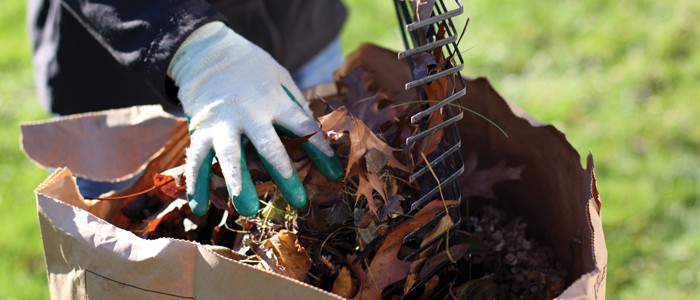
3. Make the beds.
With new spring growth already emerging, or at least getting ready, it needs to see the light of day. Gently remove leaves and all unwanted debris that has filled your beds over the last few months. Though this debris at once served the purpose of protecting your plants from severe weather and helped create a layer of nutrients and moisture, your spring plants are ready for some sun – and actually need it to grow healthy and strong. Put all organic waste in your compost pile to turn it into a valuable, nutrient-rich resource.
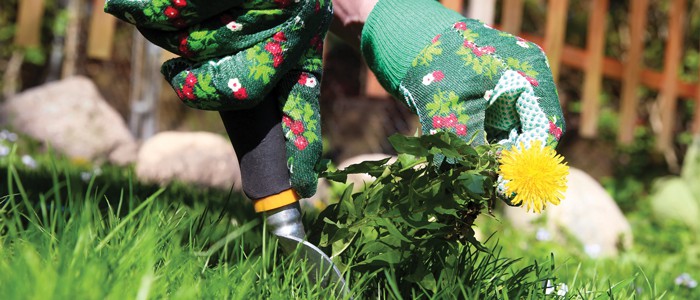
4. Weed, feed, and mulch.
Pull out all weeds growing in the beds and choose the material that will reduce the weeds throughout the growing season, for example, newspaper orlandscaping fabric. After beds have been cleared of all unwanted waste and weeds, loosen the soil around the plants and mix in some organic matter/plant food to ensure plants have the nutrients needed to grow, bud, and bloom. Double check you are adding plant food and not fertilizer—fertilizer should never be applied when freezing weather is still a possibility. Apply the layer of newspaper, landscaping fabric, or whatever de-weeding material you choose and cover with a 2 in -to 4 in layer of mulch.
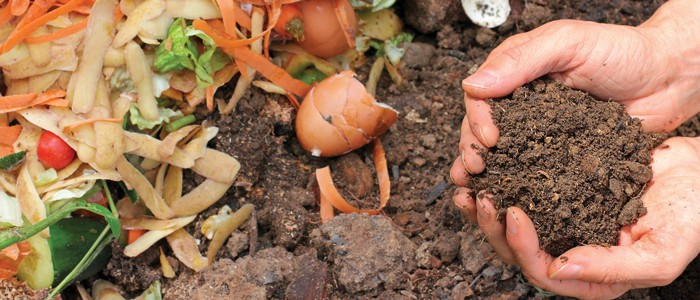
5. Stir compost bin or build one.
If you have a compost bin, turn the pile and add some water to dampen it. Turn it regularly to quicken the composting process. If you don’t already have a composting bin, build or purchase one now and start with the unwanted debris from your beds and dead foliage from your ornamental grasses and perennials. A composting bin also provides a great place for your raked leaves—organically recycle their nutrients and keep them out of the landfill.

6. Apply pest control.
Whether choosing a natural or synthetic pest treatment, apply it now to keep out the critters from the beginning. If the weather is getting warmer, you better believe the pests are out and ready to attack! Follow the manufacturer’s instructions accordingly and with caution—always wash your hands when you’re done and keep pets and children away from the treated area.
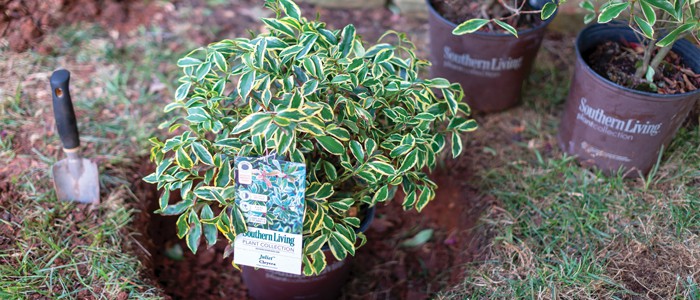
7. Complete or start landscaping projects.
If you started a landscaping project or want to start one, now is a good time since it’s the beginning of a new season and the weather is warmer, but not too warm. Great projects to enhance your landscape include patios, pergolas, trellises, walkways with stepping stones, and water gardens.
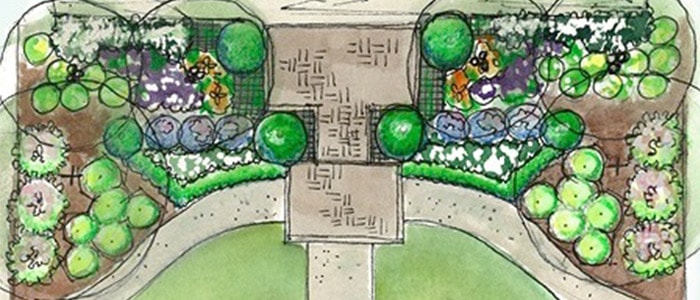
8. Plan new plantings and beds.
You should always plan your bed before purchasing plants. Decide where you want the new plants or beds in your yard and be thoughtful of the area’s light, water, and soil characteristics, making sure the plants in a bed share the same growth habits. Right now you won’t have a realistic picture of the lighting since the sun is positioned lower in the sky and the trees do not have any leaves – take these factors into consideration. Remember, full sun plants only require 6 hours of sun; so, if the area is full sun all day, choose plants that are heat tolerant and possibly drought resistant.
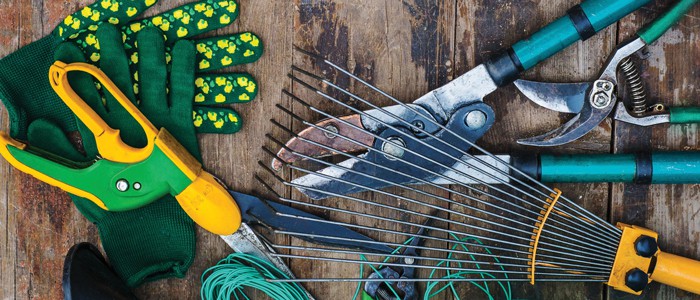
9. Clean out the shed and feed the birds.
Begin the new growing season by cleaning out the shed or area where you keep all your gardening materials and utensils. Again, get rid of the old and prepare for the new. Throw out or repurpose broken utensils and start a wish list of new utensils and materials. Go ahead and add bird seed to the bird feeders – they are just as ready for spring as you and your flowers!
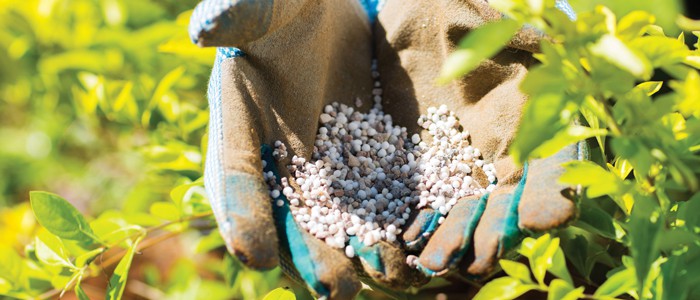
10. Frost no more!
As soon as frost and cold weather is no longer an issue, you can feel free to apply fertilizer; transplant existing plants and plant new ones!
Happy Spring!

